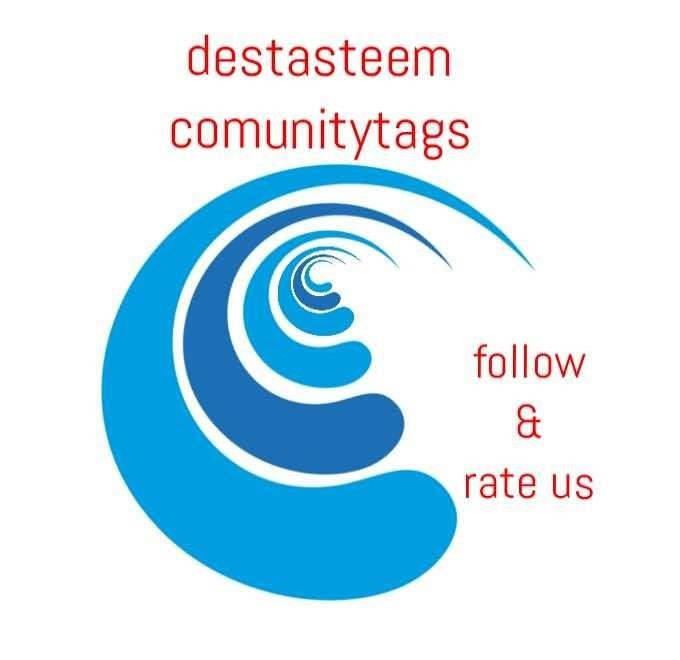
Agriculture - the oldest branch of humanity, undergoes a radical change in its developmental history. This branch is practically the only work in the Middle Neolithic period (about VIII thousand years BC).
Only along with the development of agriculture, other branches emerged - the construction of dwellings and religious buildings, canals, agricultural work tools, crafts, trafficking, customs and rules of co-existence in restricted areas, protection from enemies, and the like.
Human control of nature begins with the acquisition of food by means of hunting for animals, which can be practiced throughout the year, regardless of weather conditions, as well as the collection of wild fruits, berries, cereals, roots, and other edible gifts on earth in the warm season .
The man is completely dependent on nature until he finds a permanent source that provides food throughout the year and has its reserves in winter. This source is agriculture, which requires skills in cultivating soil, cultivating wild plants and taming wild animals to produce meat and skin, and using animals as a design force.
Of course, agriculture in our understanding did not immediately emerge, but as a result of the development of civilization, when some former nomads moved into the sedentary picture of the setting of life and agriculture and learned how to cultivate the soil and plant crops suitable for human and pet nutrition. The engine of progress, which gives impetus to the further development of mankind, is undoubtedly an agrarian economy.
It is he who draws all the things that are considered as a mark of civilization: the state and its attributes, the scope of humanity, culture, science, technology, writing, mathematics. It is clear that these were the shy attempts of the ancients to understand the world order from the current position of knowledge, but they had enormous significance for the people of the Neolithic period.
On them, not long ago, there was the greatest event in history that mattered - the division of labor between the agricultural and shepherding tribes; farmers, as more people are cultured, start building fortresses, engage in crafts, exchange of goods. The transition from nomad to lifestyle began about 10,000 years ago, but it took not less than two thousand years after the appearance of Europe's first "settlers" from the scorching and arid Africa, as long as they did not appreciate the beauty of life in permanent residences -Rural settlement near the water artery
